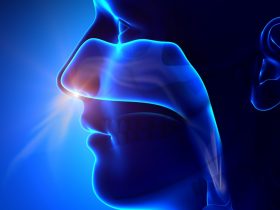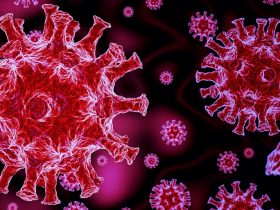At the recent American Rhinologic Society, Combined Otolaryngology Spring Meeting (ARS-COSM) held in Boston, Massachusetts, May 3-5, 2023, a research team from Duke University School of Medicine presented a study examining the sociodemographic factors and perceived financial insecurity, specifically the cost-saving measures, among patients with acute and chronic rhinosinusitis.
The authors hypothesized that sociodemographic factors such as race/ethnicity, income, insurance status and age will significantly impact cost saving actions and treatment adherence among patients with sinusitis. These high-cost financial stressors significantly affect patients’ willingness to choose and adhere to a recommended therapy plan.
Sinusitis is a physically prevalent and financially taxing disease affecting approximately 29 million Americans, nearly 1 in 8 adults. According to recent statistics, the treatment cost of acute rhinosinusitis is about $3 billion annually, while that of chronic rhinosinusitis (CRS) is $14.4 billion. In addition, biologic therapy for recalcitrant chronic rhinosinusitis with nasal polyposis (CRSwNP) costs about $4000 annually on a Medicare plan.
The researchers collected data from 10,184 patients from the National Health Interview Survey (NHIS) between 2016 and 2018. Various demographic variables, including age, sex, region, race, ethnicity, work status, marital status, and insurance status, were analyzed. The study sample included patients who responded positively to sinusitis presence in NHIS in the past 12 months.
A univariate logistic regression model was utilized to assess the association between financial burden and race and ethnicity among sinusitis participants. In addition, a multivariate logistics regression model was used to identify factors associated with cost-saving healthcare variables and clinical and sociodemographic factors.
According to the study findings, 1 in 3 patients reported one or more cost saving measures, most frequent is the asking the physician to lower the medication cost. Moreover, the odds of cost saving measures didn’t alter by gender or race/ethnicity. Results also showed that older patients, compared to younger ones, had significantly lower odds of financial insecurity. Furthermore, significant associations were observed between financial insecurity, insurance status, and lower income. Patients with asthma were found to have greater (41%) odds of cost saving measures than others.
The authors concluded that patients with a sinusitis history, younger age (<40), health insurance status, co-morbid asthma, and lower income are significantly associated with financial insecurity factors.
The authors of the study were Somtochi I. Okafor, MD; Katherine Gonzalez, BS; Ralph Abi Hachem, MD; David W.Jang, MD; Nosayaba Osazuwa-Peters, BDS, MPH, PhD; from the Department of Head & Neck Surgery & Communication Sciences, Duke University School of Medicine, USA, and Oyomoare Osazuwa-Peters, PhD; from the Department of Population Health Sciences, Duke University School of Medicine, USA.
Reference:
Okafor SI, Gonzalez, K, Hachem RA, Jang DW, Osazuwa-Peters N, Osazuwa-Peters, O, Sociodemographic Factors and Perceived Financial Insecurity Among Acute and Chronic Rhinosinusitis Patients. ARS-COSM, May 4-5, 2023







